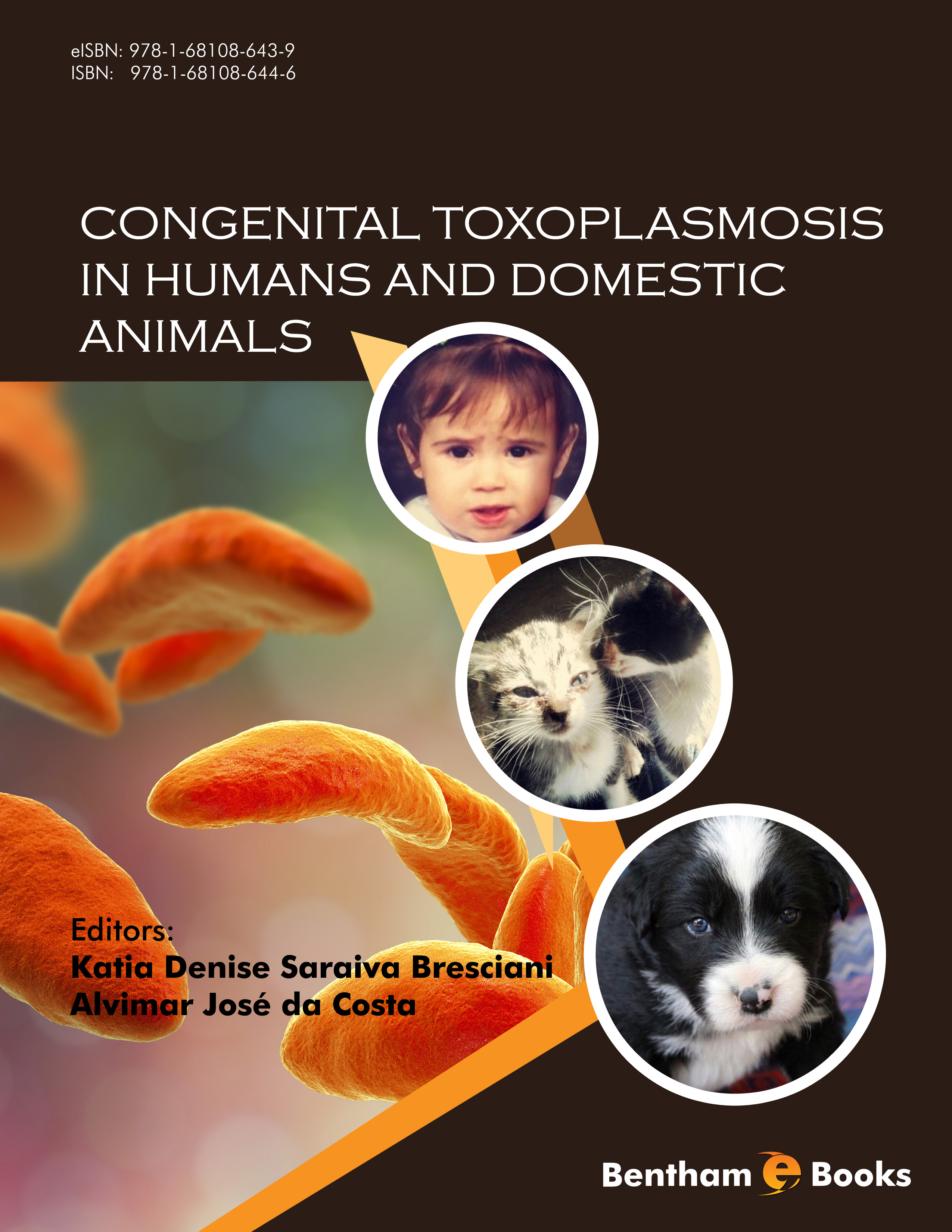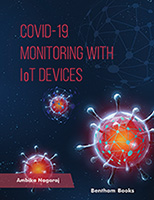This book focuses on the epidemiology, pathogenesis, clinical aspects, prevention and control of congenital Toxoplasma gondii infections in humans and domestic animals (pets and livestock). Toxoplasmosis is a zoonotic disease. In humans, it is essential to aim for implementation of control programs, including preventive measures that promotes early diagnosis and appropriate indication of adequate antiparasitic treatments to pregnant women, being therefore able to diminish the seriousness of sequelae of toxoplasmosis in fetuses. Important aspects for control programs of congenital toxoplasmosis, and for maternal and neonatal screening of toxoplasmosis control programs, were reviewed. Additionally, based on this information, reproductive disorders such as abortion, neonatal mortality and prematurity due to infection by Toxoplasma gondii, may be more easily diagnosed by veterinarians, of both small and large animals medical clinics, in their routine daily care. Under the zoonotic aspect, health professionals may become aware of these clinical signs and take preventive measures for their control.
The book “Congenital Toxoplasmosis in Human and Domestic Animals” is a compilation of eight chapters, contributions of established researchers in the field, with content directed to the study of epidemiology, pathogenesis, clinical aspects and control of congenital T. gondii infections in humans and domestic animals (pets and production).
In the first chapter, Dr. Ragozo has shed some light on the parasite, its life cycle, clinical signs, diagnosis and some epidemiological aspects of toxoplasmosis.
In the second chapter, Dr. Navarro and his colleagues discuss the epidemiology and impact of human congenital toxoplasmosis, pathogenesis, genotypic characterization, diagnosis, therapy, prevention and control.
Then, in the third chapter, Dr. Camossi and collaborators discuss reproductive problems on female dogs and emphasize the attention, which should be paid regarding occurrence of this parasite in canine populations.
In the fourth chapter, Dr. Galvão and colleagues describe the main manifestations, prevention and treatment of congenital toxoplasmosis in cats.
In the fifth chapter, Dr. Lopes and collaborators discuss the different reproductive alterations in sheep with toxoplasmosis and reinforce the possibility of sexual transmission of T. gondii in this animal species. The same authors, in the sixth chapter, demonstrate that congenital transmission of this disease in goats can result in disorders in the offspring (regardless of pregnancy stage), which can subsequently lead to severe losses or prejudice to descendants and their owners.
In the seventh chapter, Dr. Garcia discusses aspects related to parasite-host relationship between T. gondii and pigs, such as epidemiology, natural infection (congenital) and experimental infections, diagnosis, vaccines and prevention.
Finally, in the eighth chapter, Dr. Santos and colleagues describe the various aspects of congenital form and the importance of cattle on the epidemiology of toxoplasmosis.
The publication of this book would not have been possible without the sincere efforts of the authors of each chapter, and especially the staff at Bentham Science Publishers, giving their continuous support. Perhaps, of greater importance than the book and its many contributions, were the remarkable people that formed a unique collaborative team to make it happen.
Katia Denise Saraiva Bresciani
Faculdade de Medicina Veterinária de Araçatuba
Unesp, Universidade Estadual Paulista
Araçatuba
Brasil
Alvimar José da Costa
Faculdade de Ciências Agrárias e Veterinárias de Jaboticabal
Unesp, Universidade Estadual Paulista
Jaboticabal
Brasil





